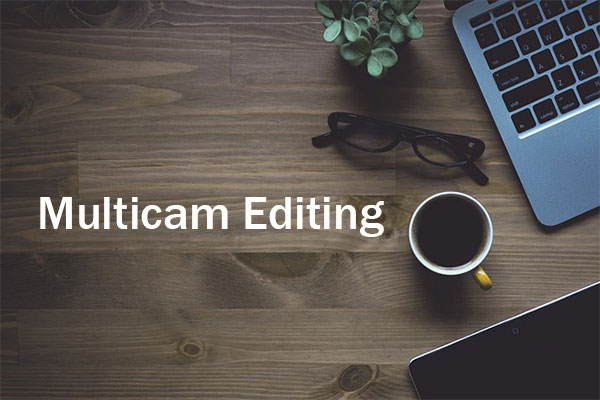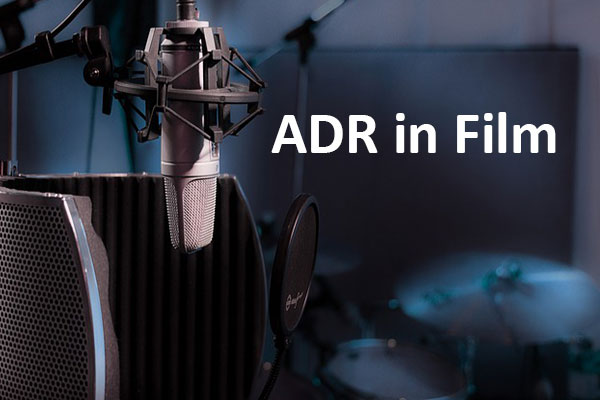What Is Parallel Editing
Parallel editing is a film and video technique that involves switching back and forth between two or more scenes happening simultaneously in different locations. This creates a sense of tension and excitement, such as showing a car chase in one scene and a bomb countdown in another.
It can also be used to show different actions or perspectives happening at the same time within a larger scene, such as a group of people fleeing a shooting in one scene and a mother searching for her baby in another. This may help create a sense of empathy and drama.
Simply put, this type of editing establishes a relationship between two scenes. Even when watching the shots one after the other, the viewer can still feel the simultaneity of the actions and the connection between them.
MiniTool MovieMakerClick to Download100%Clean & Safe
Why Use Parallel Editing
In film and video production, parallel editing serves various purposes. Such as:
- It can be used to create suspense or tension: This typeof editing can create a sense of urgency and anticipation by showing multiple scenes that are heading toward a climax. For example, a video can show a hero attempting to stop a villain in one scene, while a bomb is about to explode in another scene.
- It can be used to create contrast or comparison: Parallel editing can create a sense of difference or similarity by showing two or more scenes with opposite or parallel meanings. For example, a video can show a wedding in one scene, and a funeral in another scene.
- It can be used to create depth or complexity: This editing technique can create depth or complexity by showing two or more scenes with different perspectives or layers of information. For example, a video can show what is happening on the surface in one scene, and what is happening behind the scenes in another scene.
Parallel Editing Examples in Film
Some of the most famous films use parallel editing in scenes. Here are some popular examples:
Inception (2010)
The director Christopher Nolan of this film used parallel editing to tackle the multiple layers of the dream world, creating a sense of urgency and suspense as the characters travel through different dream worlds at the same time.
The Godfather (1972)
This film used parallel editing to contrast the scenes of Michael Corleone attending his nephew’s baptism and the scenes of his enemies being assassinated. This combination of shots gives us a deeper insight into the heart of the protagonist and adds a new layer to the story.
The Devil Wears Prada (2006)
When grim and intimidating editor Miranda Priestley enters her New York City office building, director David Frankel uses parallel editing to create a sense of tension. Frankel shuttles back and forth between Priestley’s entrance and her staff, who frantically prepare office suites to meet her exacting needs.
The Silence of the Lambs (1991)
The film utilizes parallel editing techniques to build tension and confusion. It alternates between the FBI agents raiding a house and Buffalo Bill holding Clarice Starling at gunpoint. This creates a false impression that the agents will rescue Clarice, but then reveal that they are in the wrong place.
Conclusion
Parallel editing is a powerful technique in film and video editing technique that intercuts two or more scenes happening at the same time in different places. This post also introduced the advantages of it and provided some famous examples of its application in film.





User Comments :